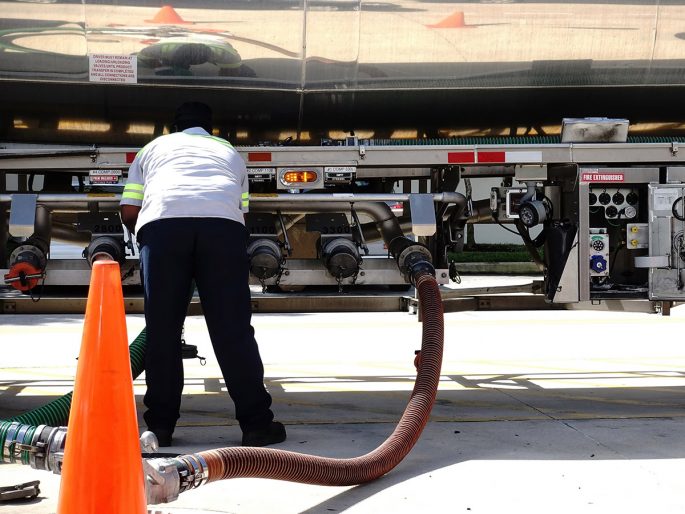All fuel sites with underground storage tanks (USTs) must have personnel on-site who are trained to uphold the safety of customers and co-workers, avert environmental emergencies and prevent unnecessary remediation costs. The levels of responsibility for the on-site personnel are designated as Class A, Class B and Class C operators. Here are three common retail fuel management scenarios where extra involvement from operators pays off.
Stay involved during installation and maintenance procedures taking place at the fuel site. With many C-stores replacing USTs in the next decade, it’s important to oversee the installation. That will help you catch a potential problem before the equipment is buried. Contractors must meet safety and regulatory requirements. If equipment requires maintenance, verify that the individual servicing it has the proper certifications. If they don’t, the equipment’s warranty could be voided or its insurance policy could become invalid.
Source North America encourages operators to create a “birth certificate” for new USTs. The birth certificate records important equipment details before the UST is buried. Download a free UST Birth Certificate form here.
Monitor fuel deliveries. Cross-drops, improper (or absent) vapor recovery procedures and negligent drivers who cause spills are a few of the most common missteps. It’s important for C-store operators to go outside and observe the delivery process and capture proof of improper procedures. Share feedback of improper practices with the fuel supplier to prevent future incidents.
Take slow dispenser flow seriously. If the dispenser flow has slowed or stopped, it’s a red flag. It could be a sign of high water levels, phase separation, excessive corrosion or microbial contamination. Do not override alarms issued by the tank gauge. If the ATG is initiating a submersible pump shut-down, decommission the dispenser until the system can be evaluated by a professional.




